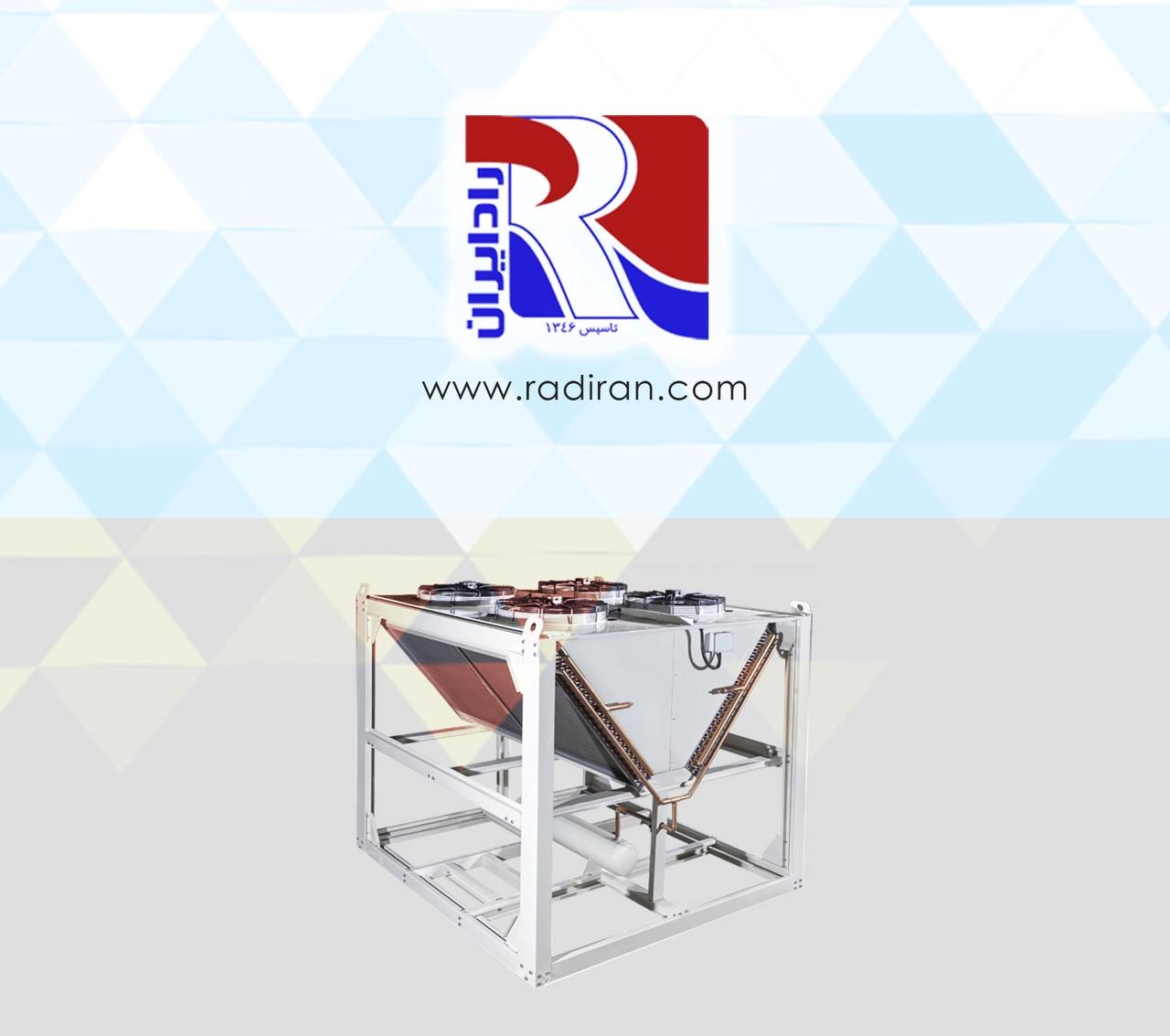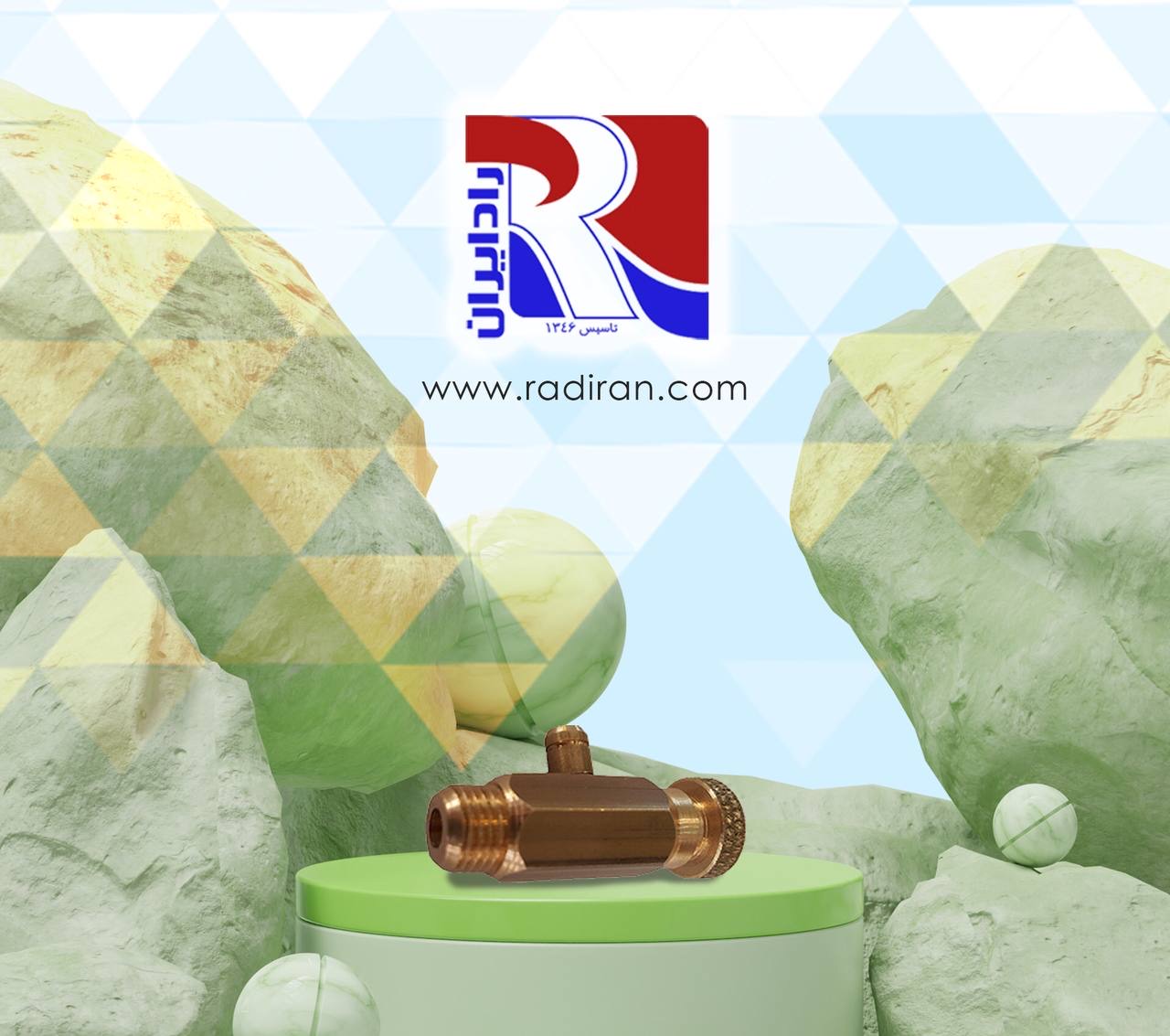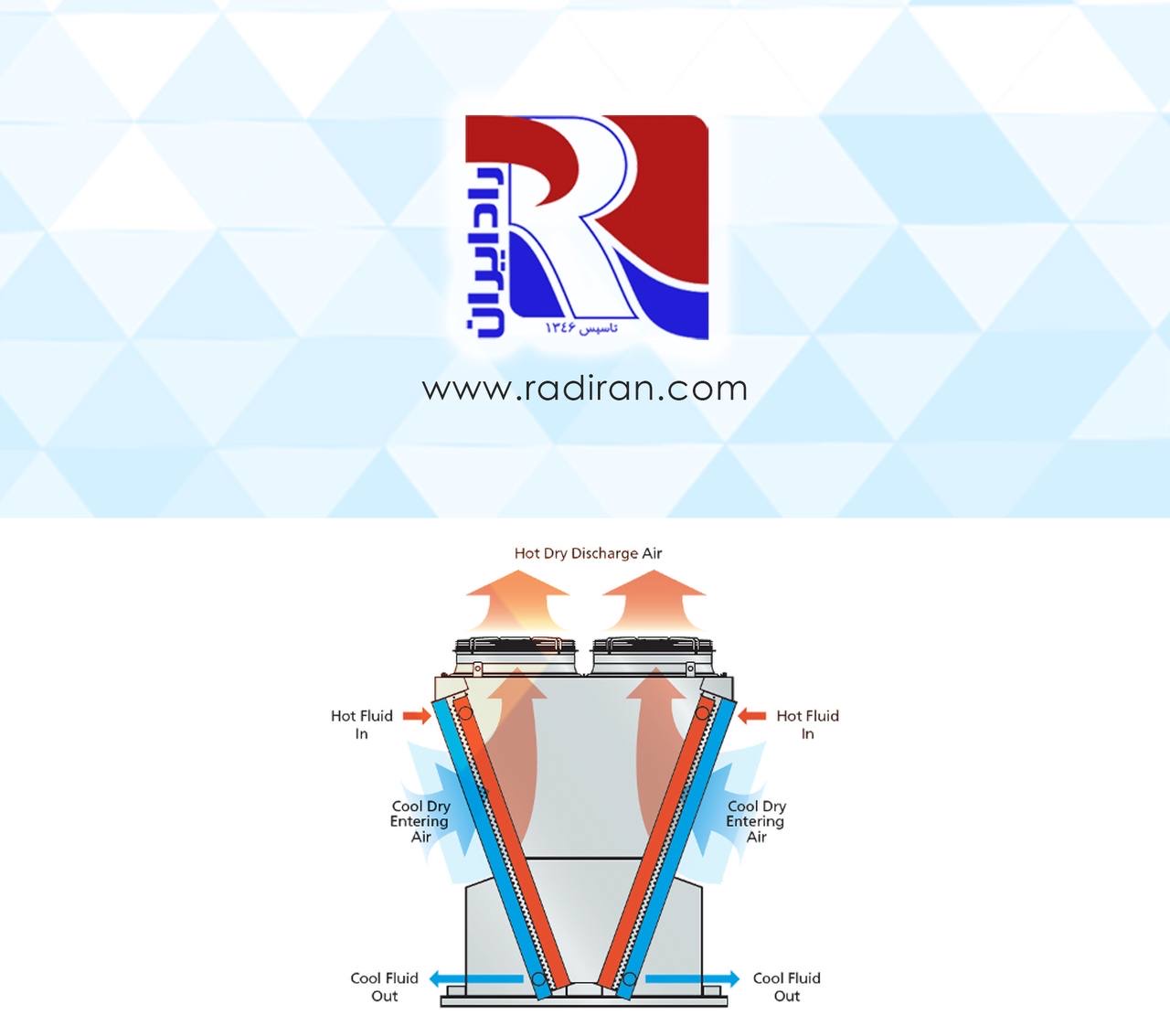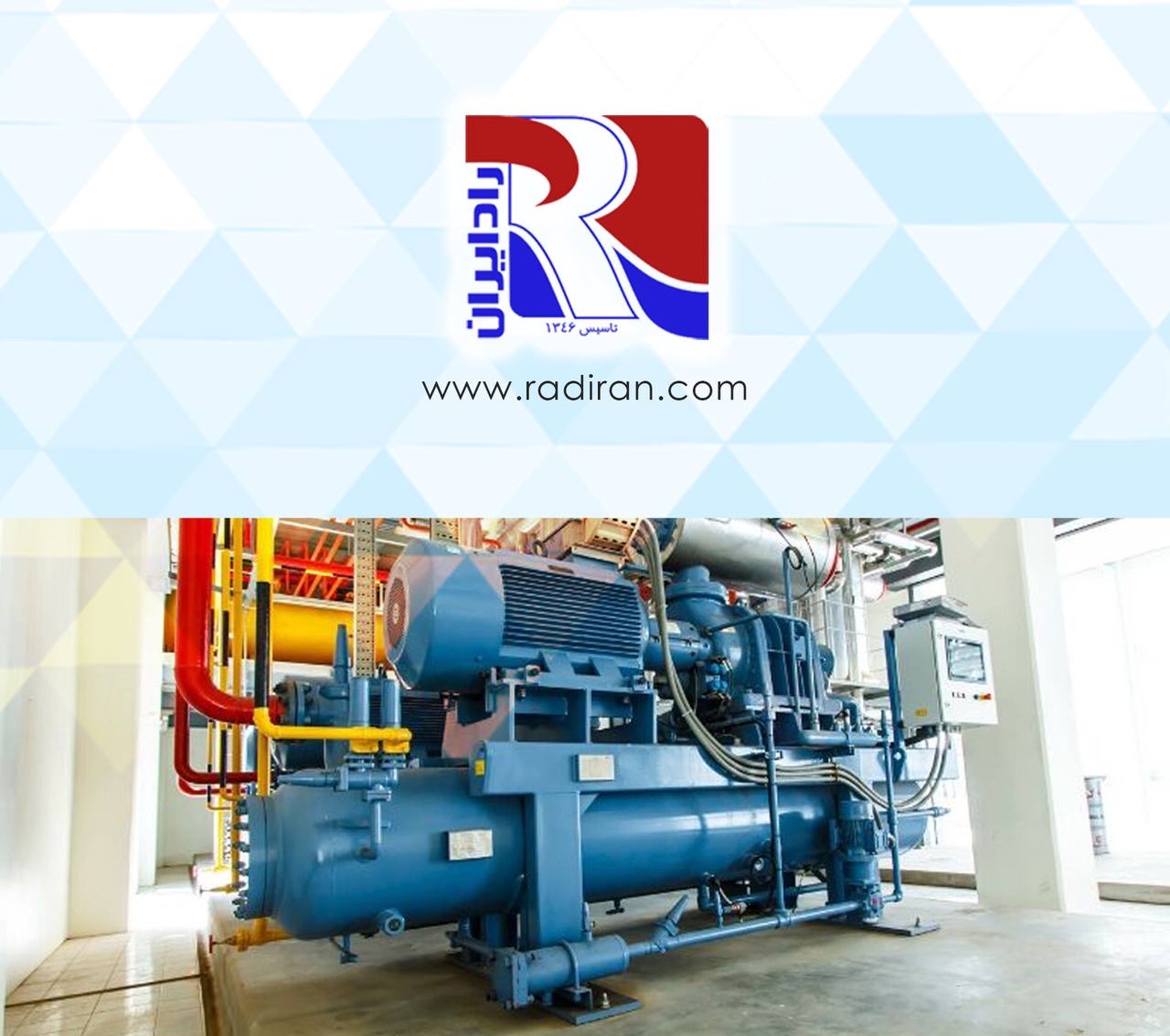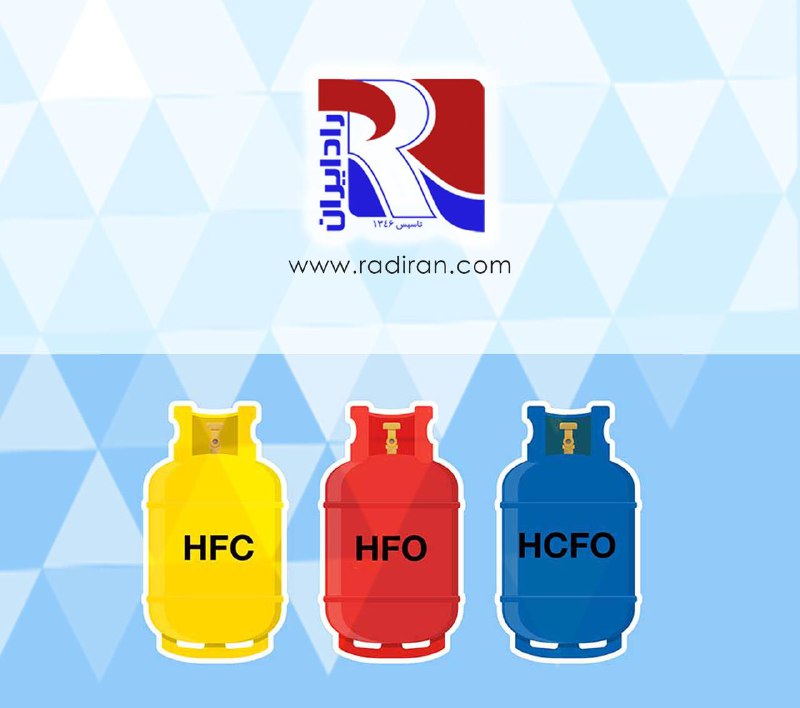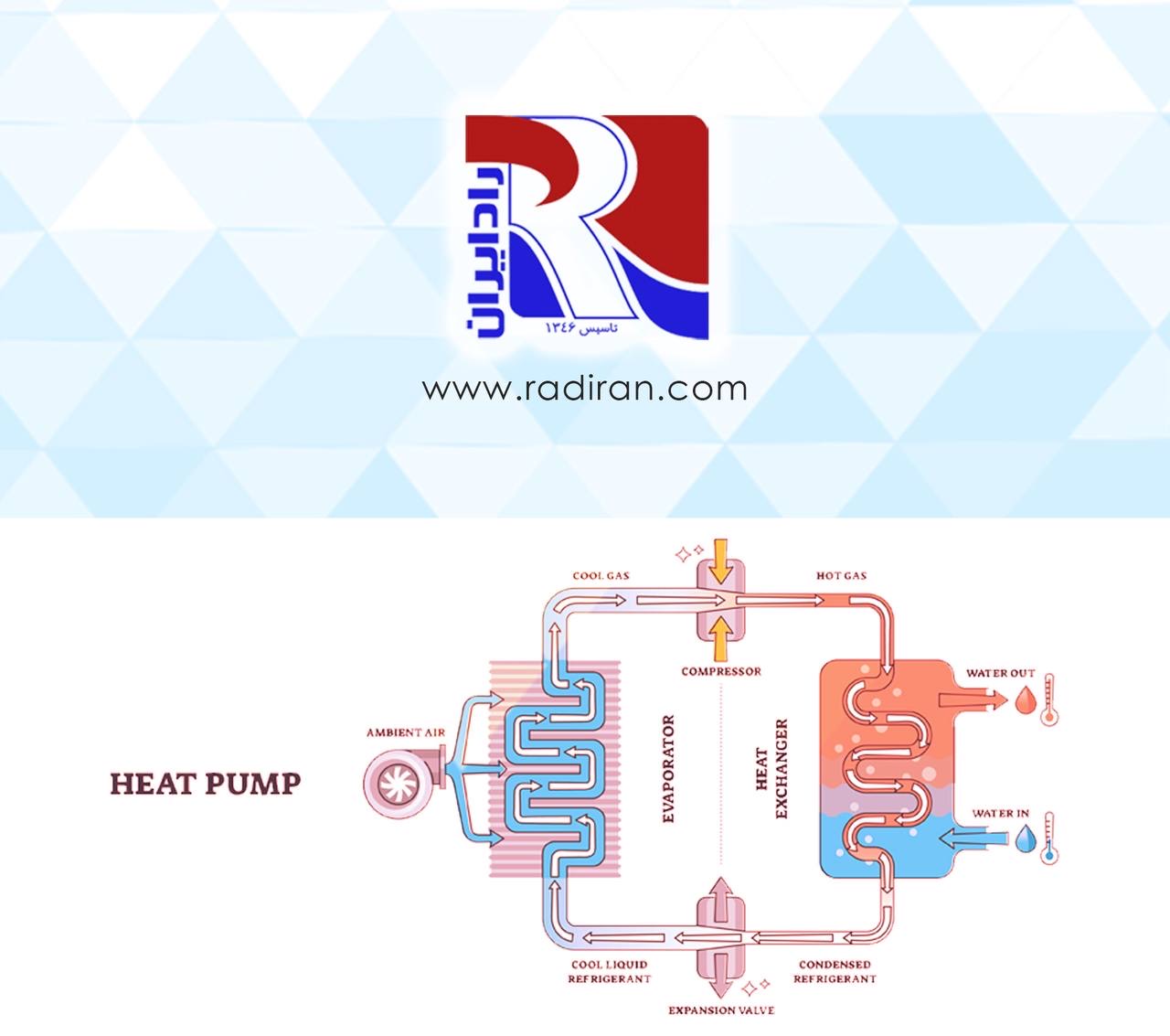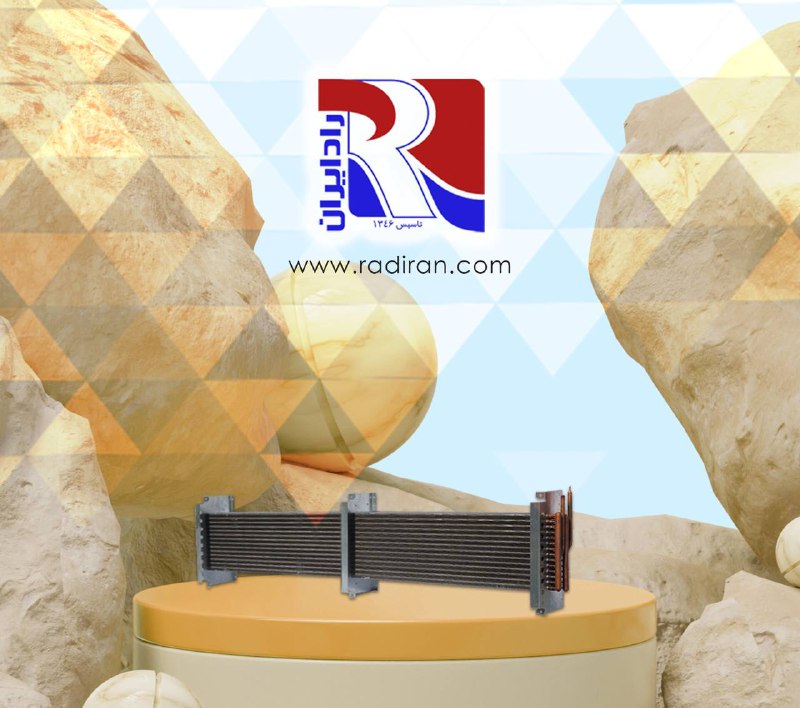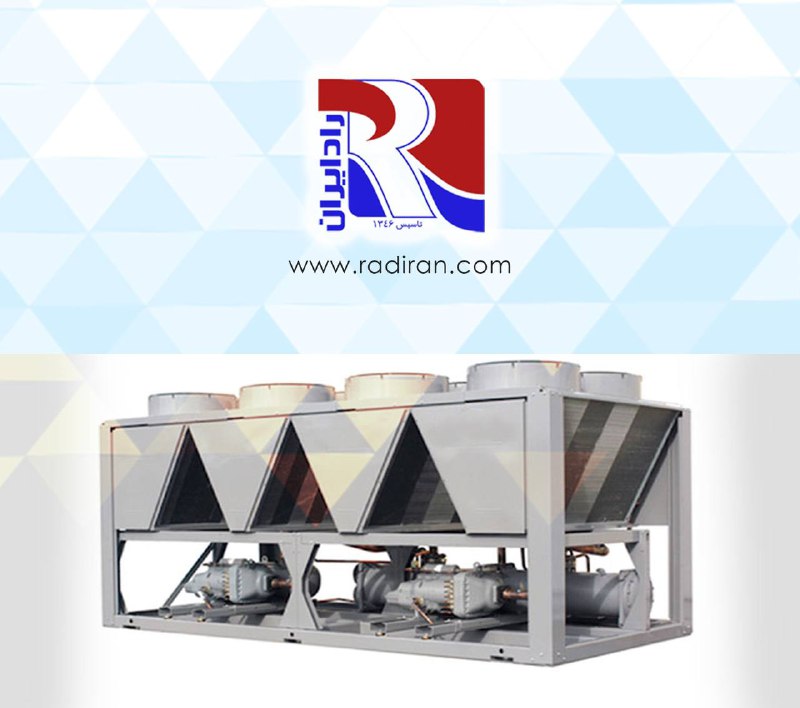Receivers in condensing units
Receivers in condensing units are essential components that play a critical role in the operation of refrigeration systems. A receiver serves as a storage vessel for liquid refrigerant, typically positioned between the condenser and the expansion valve in the system. Its primary function is to ensure a stable and controlled supply of liquid refrigerant to the evaporator. During the refrigeration cycle, the refrigerant gas is condensed into a high-pressure liquid in the condenser. The receiver acts as a reservoir for this...

